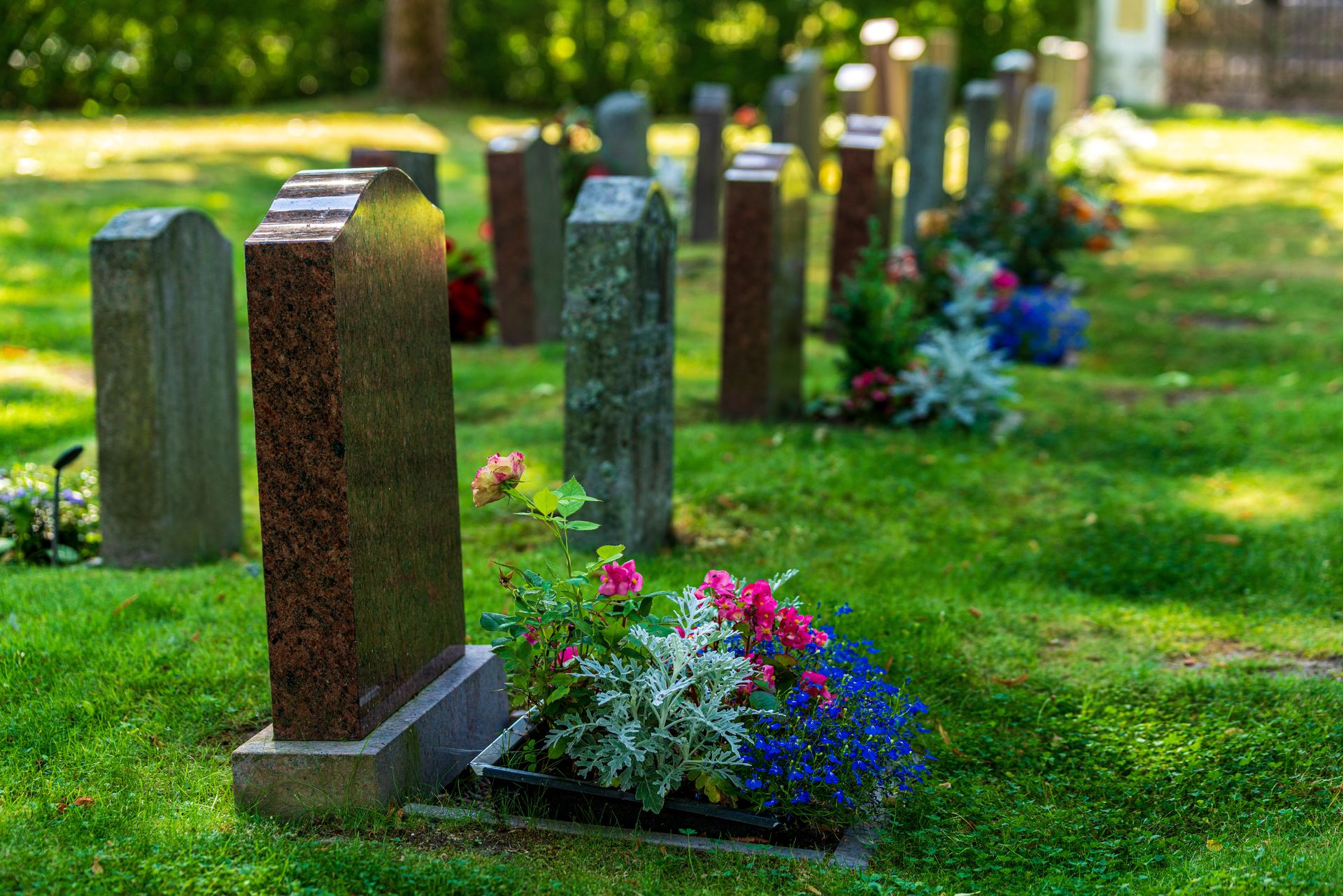What Are The Types Of Grave Monuments Available?
Most people don’t really think about graves, cemetery monuments, or headstones until such a time when they need to plan a funeral for their deceased loved one. But having knowledge about grave monuments and their types ahead of time may help ease the funeral planning process once that moment comes.
After the deceased loved one has been buried in the cemetery, the final important task the family has to do is choose the monument or cemetery marker to be placed on top of the person’s grave.
How much are monuments for graves?
If you stroll through a cemetery, you may notice how there are many different styles and designs of grave monuments. Grave monuments often consist of seals, lettering, or footstones. And they’re colour-coordinated to the person’s grave or tomb. Some of them may come in sculptures or statues. Grave monuments can also be customized, which means you can create any design that may closely relate to your loved one.
Remember, their monument is designed not only to mark their tomb but also to remind people of good memories or the life story of the deceased person whenever they visit their grave. Although choosing your loved one’s grave monument may sound like a simple task, it can also be complex, considering many types of grave monuments are available. Plus, you’ll also need to consider the cost. If you’re wondering how much grave monuments may cost, it actually depends. (1)
Some factors that influence its cost may include:
- Type of material used for the monument
- Size and shape
- Weight
- Amount of personalization and design details
Generally, traditional grave monuments offered by the funeral services are cheaper, but they may look less personal.
What are the various types of grave monuments?
When you order a grave monument for the deceased person, the type is often the first choice. This article will present to you the different types of grave monuments available. This can help you choose the best option for your loved one’s burial spot.
- Upright grave monuments
The most common type of cemetery monument is the upright monument. This is also the most common style of traditional headstones. You may also notice Jewish cemetery monuments using the upright type. Many people opt for this type as it can vividly and clearly display the inscription of the person’s grave, making it easier for others to see it from a distance and quickly locate the tomb. (2)
Furthermore, since an upright monument is considerably larger in size compared to a headstone, you can freely add other beautiful symbols or elements that may add a detailed presentation to the person’s monument. However, given that upright monuments are much larger, they might exceed the cemetery’s space restrictions. (2)
Thus, it’s essential to check in with the regulations and restrictions of your local cemetery and see if they can allocate space for the person’s upright monument. To ensure the monument remains durable and exudes a long-lasting tribute for your deceased loved one, you must follow proper cleaning and maintenance to prevent it from fading or weathering. (2)
- Slanted-style grave monuments
If you’re on a budget or want to save on space due to the cemetery’s restrictions, the slanted-style grave monument may be the best alternative. Like the upright monument, this type still provides ample space for your desired symbols, images, words, and other inscriptions. The only difference it has with the upright type is its design. Instead of an upright length, the monument is in a slanted position, and there’s normally bevelling on top.
- Garden statue monuments
Probably the most unique grave monument of all is the garden statue monument. Unlike the upright and slanted-style monument, this type features a statue or sculpture on top of the grave as a unique way of honouring the deceased person. Cemeteries like the Centenary Memorial Gardens map in Australia may accept statue monuments for their graves. You may also place the statue in your backyard or any place that has meaning for the person who passed away.
With the help of a skilled monument craftsperson, you can create a statue/sculpture of any symbol, style, shape, colour, or size. You may also choose to incorporate other presentations, such as personalized texts or other things that bring significance to the person’s grave. Some people from different religions use religious sculptures or status for their loved one’s graves. Ultimately, there are endless ways to customize the garden statue and make it even more profound in memory of your loved one.
- Memorial benches
Memorial benches are considered unconventional grave monuments. Although they’re never placed on top of the grave, you can still place them around the grave (together with the other types of monuments), in a church courtyard, in your garden, or in other places where the deceased person’s family and friends can visit.
Generally, some may put these commemorative benches in their backyard to help keep the person’s memory alive. You can personalize this memorial bench by putting the images of the deceased person, their name, quotes, or other inscriptions you wish to write. (3)
Choosing the right type of grave monument
Now that you understand the common types of grave monuments, it’s up to you to choose which one is best for paying tribute and honour to your deceased loved one. Preferably, it’s best to consult a professional grave monument company so you can seek their advice, get a quotation, and have the best monument for your loved one’s burial.
References:



Join the discussion One Comment